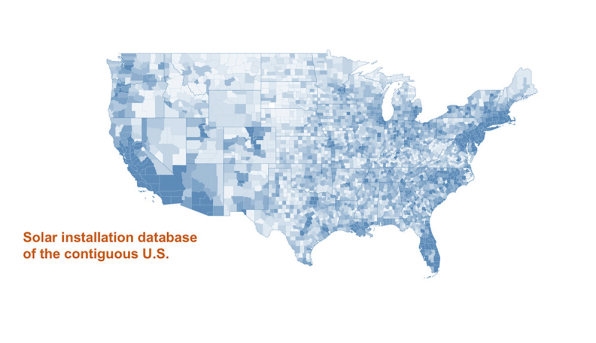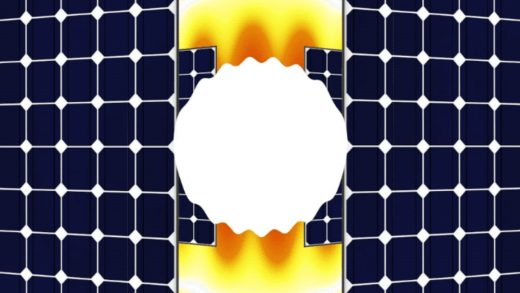There are way more solar panels in the U.S. than we thought
Until recently, it’s been hard to say how many solar systems have been installed in the U.S.–if you buy panels to put on your roof, each state tracks that information differently. There’s no official central database. But a new machine learning program developed by Stanford University researchers uses AI to count solar panels in satellite images. In a new study, the team found that the number of solar systems that exist is far higher than previous estimates.
The program, called DeepSolar, combed through more than 1 billion satellite images and found 1.47 million rooftop solar systems or larger solar plants in 48 states. That’s more than the 1 million systems in the Open PV database, an open-source project that uses voluntary reporting. It’s more than twice as much as the 0.67 million counted by Google’s Project Sunroof, another project that uses AI and satellite data (though because its methods aren’t published, it’s hard to know what accounts for the difference).
Knowing how many solar panels exist–and where they are–can help renewable power run smoothly and grow faster. “Utilities and system operators can figure out where there’s more solar power being produced, in which neighborhoods, and adjust their operations and planning,” says Ram Rajagopal, an associate professor of civil and environmental engineering at Stanford, and one of the authors of a new study about the project. “For example, a utility can decide to invest in storage after looking at this data.”

Analyzing the data can also lead to a better understanding of why people are choosing to get solar panels. The researchers looked at a few examples by pairing their results with census data. Lower- and medium-income households, for example, are less likely to install solar even when they’re in areas that are so sunny that they’d be paying less each month if they switched–possibly because of upfront costs. Insights like this could lead solar installers to potentially create new financial models, or could lead policymakers to create new incentives. Cities and states can also use the data to see how well incentives are actually working.
To create DeepSolar, the researchers gave it 370,000 satellite images that humans had labeled as having or not having solar panels, and the program trained itself to find features like color or size that meant a panel was in the picture. After time, it learned to correctly find solar panels 93% of the time. Running through the full database of more than a billion images–100-by-100-foot sections of most of the continental U.S.–took the program a month. With other existing technologies, the same analysis would have taken years.
“Processing this number of tiles requires not just an algorithm that is accurate in detecting whether the systems are present, but also that it’s fast,” says Rajagopal. “So that was the first challenge we needed to overcome.” Now that the system works, the team plans to begin using it in other countries, and expand it to some rural parts of the U.S. that weren’t included in the first study. It also plans to continue running it each year, creating an up-to-date database open to the public. “Our idea of making the data public is to encourage everyone to get involved and take another leap forward in understanding solar,” he says.
(19)



